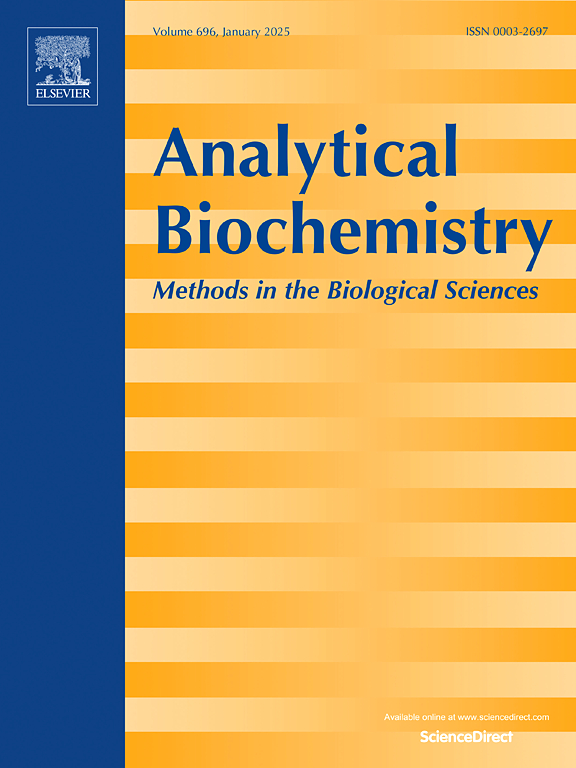A comprehensive review of computational methods for Protein-DNA binding site prediction
IF 2.5
4区 生物学
Q2 BIOCHEMICAL RESEARCH METHODS
引用次数: 0
Abstract
Accurately identifying protein-DNA binding sites is essential for understanding the molecular mechanisms underlying biological processes, which in turn facilitates advancements in drug discovery and design. While biochemical experiments provide the most accurate way to locate DNA-binding sites, they are generally time-consuming, resource-intensive, and expensive. There is a pressing need to develop computational methods that are both efficient and accurate for DNA-binding site prediction. This study thoroughly reviews and categorizes major computational approaches for predicting DNA-binding sites, including template detection, statistical machine learning, and deep learning-based methods. The 14 state-of-the-art DNA-binding site prediction models have been benchmarked on 136 non-redundant proteins, where the deep learning-based, especially pre-trained large language model-based, methods achieve superior performance over the other two categories. Applications of these DNA-binding site prediction methods are also involved.
蛋白质- dna结合位点预测的计算方法综述
准确识别蛋白质- dna结合位点对于理解生物学过程的分子机制至关重要,这反过来又促进了药物发现和设计的进步。虽然生化实验提供了最准确的方法来定位dna结合位点,但它们通常耗时,资源密集且昂贵。迫切需要开发既有效又准确的dna结合位点预测计算方法。本研究全面回顾并分类了预测dna结合位点的主要计算方法,包括模板检测、统计机器学习和基于深度学习的方法。14种最先进的dna结合位点预测模型已经在136种非冗余蛋白质上进行了基准测试,其中基于深度学习的方法,特别是基于预训练的大型语言模型,比其他两类方法具有更好的性能。本文还介绍了这些dna结合位点预测方法的应用。
本文章由计算机程序翻译,如有差异,请以英文原文为准。
求助全文
约1分钟内获得全文
求助全文
来源期刊

Analytical biochemistry
生物-分析化学
CiteScore
5.70
自引率
0.00%
发文量
283
审稿时长
44 days
期刊介绍:
The journal''s title Analytical Biochemistry: Methods in the Biological Sciences declares its broad scope: methods for the basic biological sciences that include biochemistry, molecular genetics, cell biology, proteomics, immunology, bioinformatics and wherever the frontiers of research take the field.
The emphasis is on methods from the strictly analytical to the more preparative that would include novel approaches to protein purification as well as improvements in cell and organ culture. The actual techniques are equally inclusive ranging from aptamers to zymology.
The journal has been particularly active in:
-Analytical techniques for biological molecules-
Aptamer selection and utilization-
Biosensors-
Chromatography-
Cloning, sequencing and mutagenesis-
Electrochemical methods-
Electrophoresis-
Enzyme characterization methods-
Immunological approaches-
Mass spectrometry of proteins and nucleic acids-
Metabolomics-
Nano level techniques-
Optical spectroscopy in all its forms.
The journal is reluctant to include most drug and strictly clinical studies as there are more suitable publication platforms for these types of papers.
 求助内容:
求助内容: 应助结果提醒方式:
应助结果提醒方式:


